Siliguri has changed a lot in just a few years. Once seen mainly as a passing point or stopover to Darjeeling or Sikkim, today it is becoming a genuine business and real estate hub of the region. This change is not just random. Siliguri has always been important because of its location as it is known as the “Chicken’s Neck” of India, because not only, it connect the rest of the country to eight north-eastern states, it also borders Nepal, Bhutan, and Bangladesh, making it super important for regional trade and transport.
In recent times, the city has seen huge growth in urban development. As of 2025, the real estate projects are worth over ₹3,000 crore, and big national and international brands are entering its hospitality, retail, and service markets. This isn’t just a small town anymore, it’s on its way to becoming something much bigger.
Why Siliguri Is Becoming a Key Business Hub
Strategic Geographical Advantage
Siliguri is located right at the edge of the main part of India and the northeast. All roads, trains, and goods heading to or coming from the northeastern states usually go through Siliguri. This makes it a natural logistics and transport hub, ideal for warehouses and distribution systems. Plus, with easy access to Nepal, Bhutan, and Bangladesh, it’s becoming a regional trade centre too.
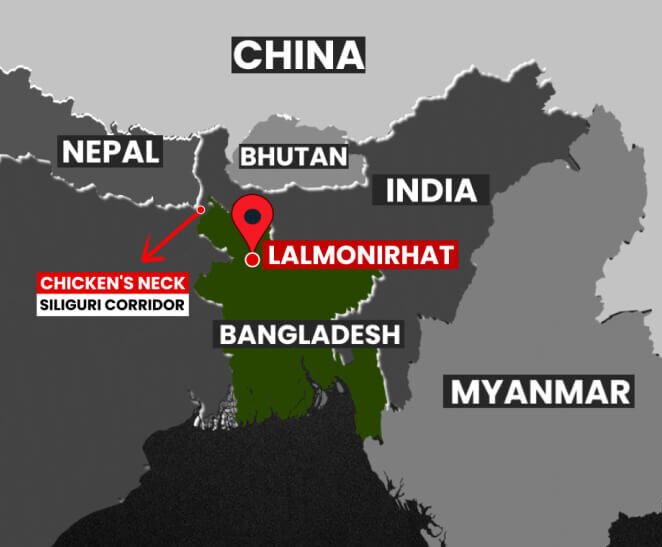
The Four Ts: Tea, Timber, Tourism, Transport
Tea: Siliguri is close to the big tea plantations of North Bengal, so tea has been one of the city’s oldest and most important trades.
Timber: The city is near deciduous forests with valuable timber. This has helped sawmills, carpentry units, and furniture businesses to grow here.
Tourism: Siliguri serves as a base for tourists heading to Darjeeling, Gangtok, Bhutan or other northeastern states, and has many restaurants, shopping centres and markets, some wildlife sanctuaries and temples, that people can visit.

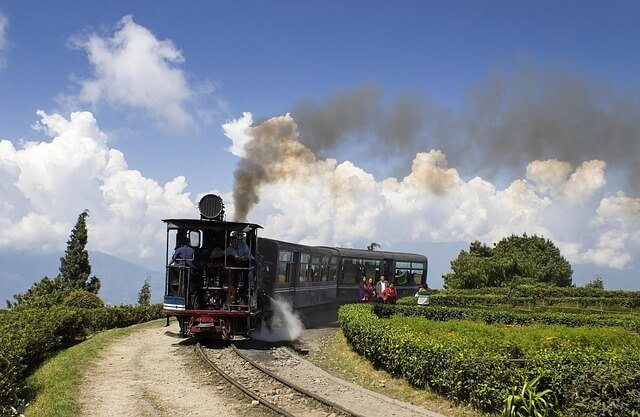
In 2024–2025, Bagdogra Airport, Siliguri recorded over 3.2 million passengers, many of whom were tourists traveling to hill stations like Darjeeling, Gangtok, and other Northeast destinations. This highlights Siliguri’s growing importance as a major gateway for regional tourism.
Transport: Since Siliguri is the main gateway to Northeast India, it is well-connected with an airport, multiple railway stations, and a strong network of cab and taxi services that link the city to nearby states and tourist destinations.
Better Infrastructure & Connectivity
Secondly, the infrastructure and connectivity is improving. The new Sivok–Rangpo railway line to Sikkim and the planned Gorakhpur–Siliguri Expressway will make travel easier. Bagdogra Airport already connects Siliguri to major cities in India.
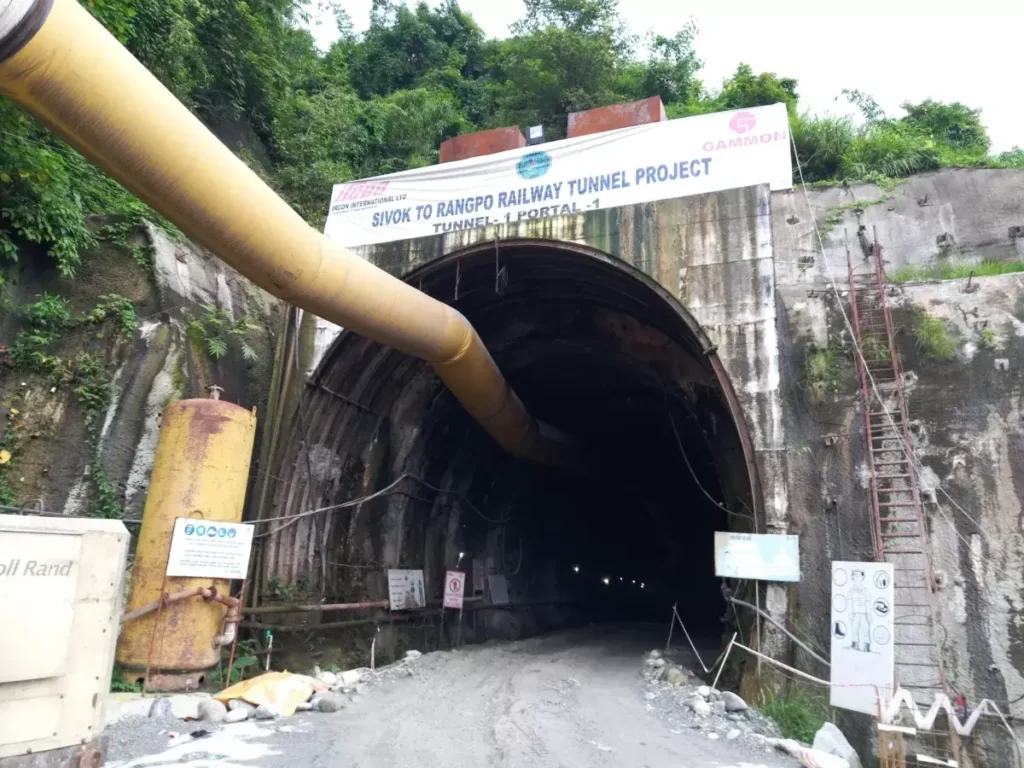
Also, recently, the railway ministry approved a ₹130 crore expansion of the Siliguri diesel loco shed which will increase maintenance capacity from 100 to 250 locomotives that will support more freight and passenger trains.
Rise of Digital Marketing
With urbanization, more businesses in Siliguri are going online, using social media, Google Ads, and e-commerce platforms to reach customers. This is helping local shops, cafes, and startups boost sales, promote new product launches, and attract tourists even before they arrive in the city.
New Government Projects and SEZs
The West Bengal government is not sitting quiet. Recently, plans were announced for an International Convention Centre (on 10 acres near Uttarayan), a ₹100 crore Webel IT Park that’s AI-enabled, and four new industrial parks across 123.8 acres, offering more than 5,000 jobs.
They’ve also proposed Special Economic Zones (SEZs), easier trade procedures, improved digital documentation, and skill development programs to help businesses grow.
Moreover, the state plan includes setting up of an International Convention Centre in Siliguri, four more IT parks in North Bengal, following full occupancy in three parks already in Siliguri.
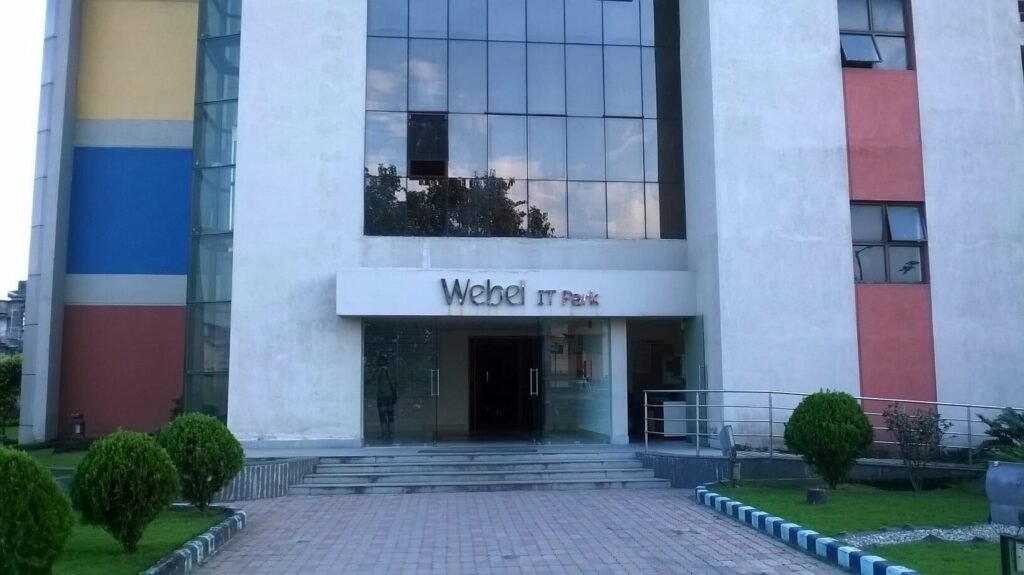
Real Estate — The City’s New Growth Engine
The real estate market in Siliguri has experienced a boom during the past five years. Current commercial and residential projects are worth over ₹3,000 crore as of 2025. Matigara, Sevoke Road, Dagapur, Salugara, and Uttorayon are among the development hotspots.
Rising Property Values and Investor Interest
Between 2020 and 2025, property prices in prime areas have increased by 50–60%. Rates now range between ₹2,800 to ₹6,000 per sq ft, depending on location and amenities. Gated communities with facilities like clubhouses, gyms, and landscaped gardens are selling at ₹80–90 lakh, and the rental market is expanding quickly to cater to students, professionals, and migrant workers.
Return on investment is projected to reach 30–60% over the next five years, making Siliguri an attractive choice for developers and buyers alike.
Hospitality Sector Expansion
Siliguri’s growth in tourism, business travel, and conventions is drawing heavy investment from top hospitality brands like Mayfair, Lemon Tree, Courtyard by Marriott and many others, also some new brands will also step soon:
- ITC Hotels signed an agreement on 12 May 2025 to build a Mementos by ITC Hotels property with 180 rooms across 22 acres at Dagapur Tea Estate.
- IHCL (Taj) will launch SeleQtions Hotels in Siliguri as part of its deal with Ambuja Neotia Group.
- Radisson Hotel Group has announced the signing of its first hotel in West Bengal that will be launched in Siliguri by 2028.
- Hilton has signed to open its first DoubleTree by Hilton in Siliguri, with approximately 120 rooms, expected to open in 2028.
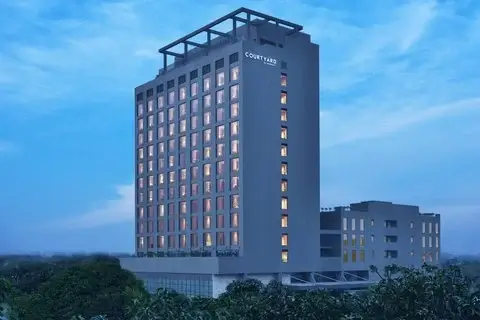
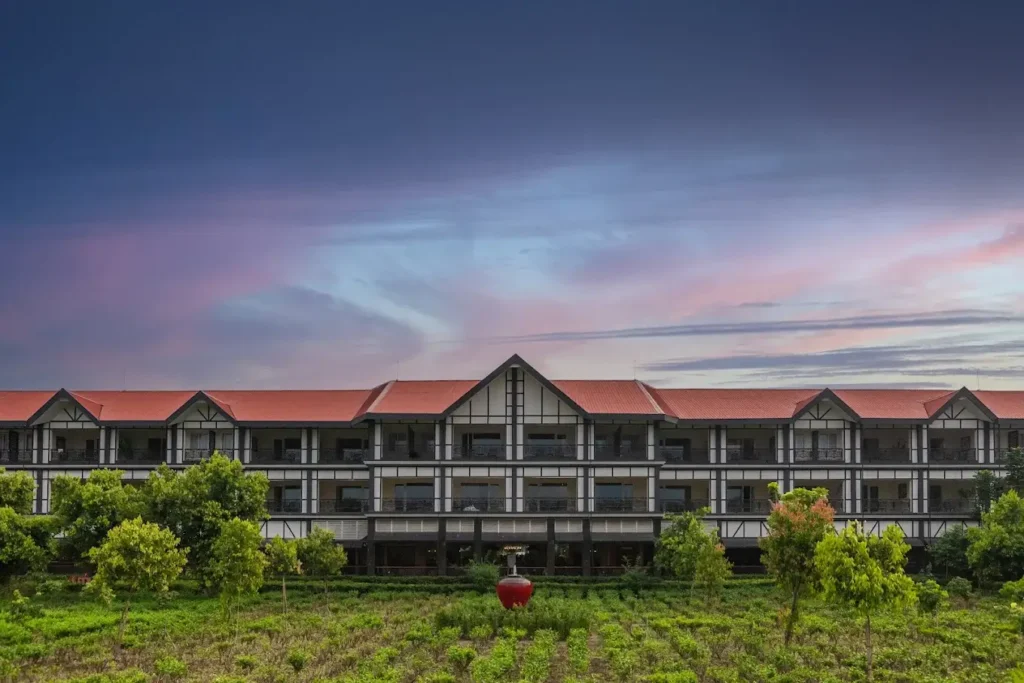
These developments are a major sign of investors’ confidence in Siliguri’s long-term tourism and business potential.
Retail and Lifestyle Transformation
Over the past few years, Siliguri’s shopping scene has started to look very different. With more middle-class families and people having a bit extra to spend, the city is attracting some big names.
Fashion labels like H&M, Pantaloons, and Zudio now have a presence here, alongside popular food chains such as McDonald’s, Domino’s, Pizza Hut, and KFC. The beauty and wellness segment is also expanding, with brands like Lakme Salon and Looks Salon entering the market.
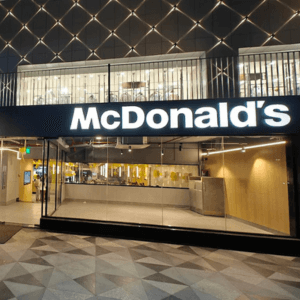
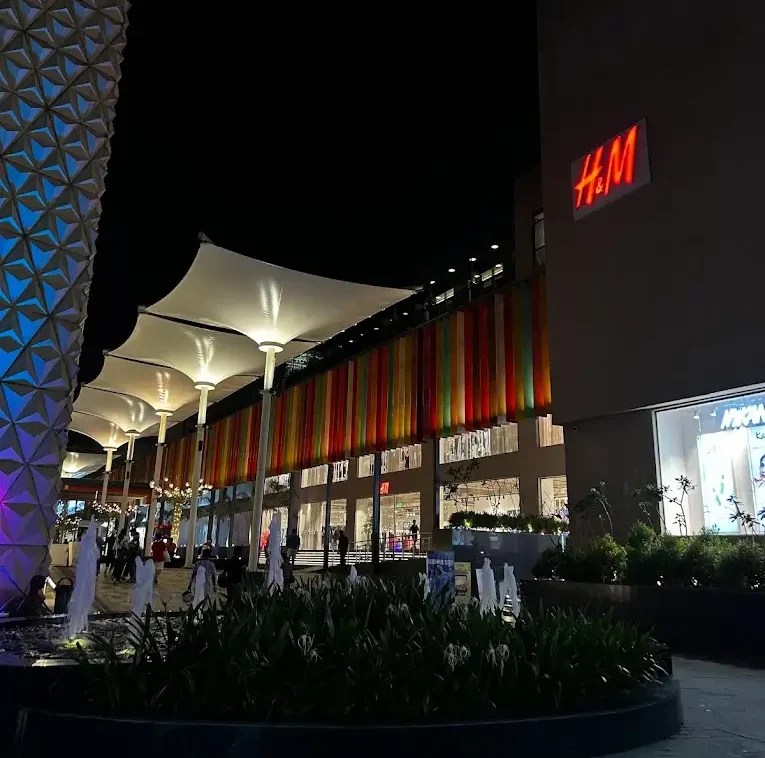
To fit all this in, new malls and commercial spaces are opening up in areas such as Matigara and Sevoke Road and honestly, it feels like the retail scene here is just getting started.
Siliguri is changing fast. New roads, better railways, an airport, and steady investments are turning it into a real business hub. Many sectors like real estate and retail are growing which are creating more business opportunities in Siliguri than ever before. Behind this growth are hardworking entrepreneurs from Siliguri who are bringing fresh ideas and energy.
If things keep moving at this pace, the Siliguri we see in the next 10 years might look very different than now, busier, more connected, full of opportunities with a bright future.

